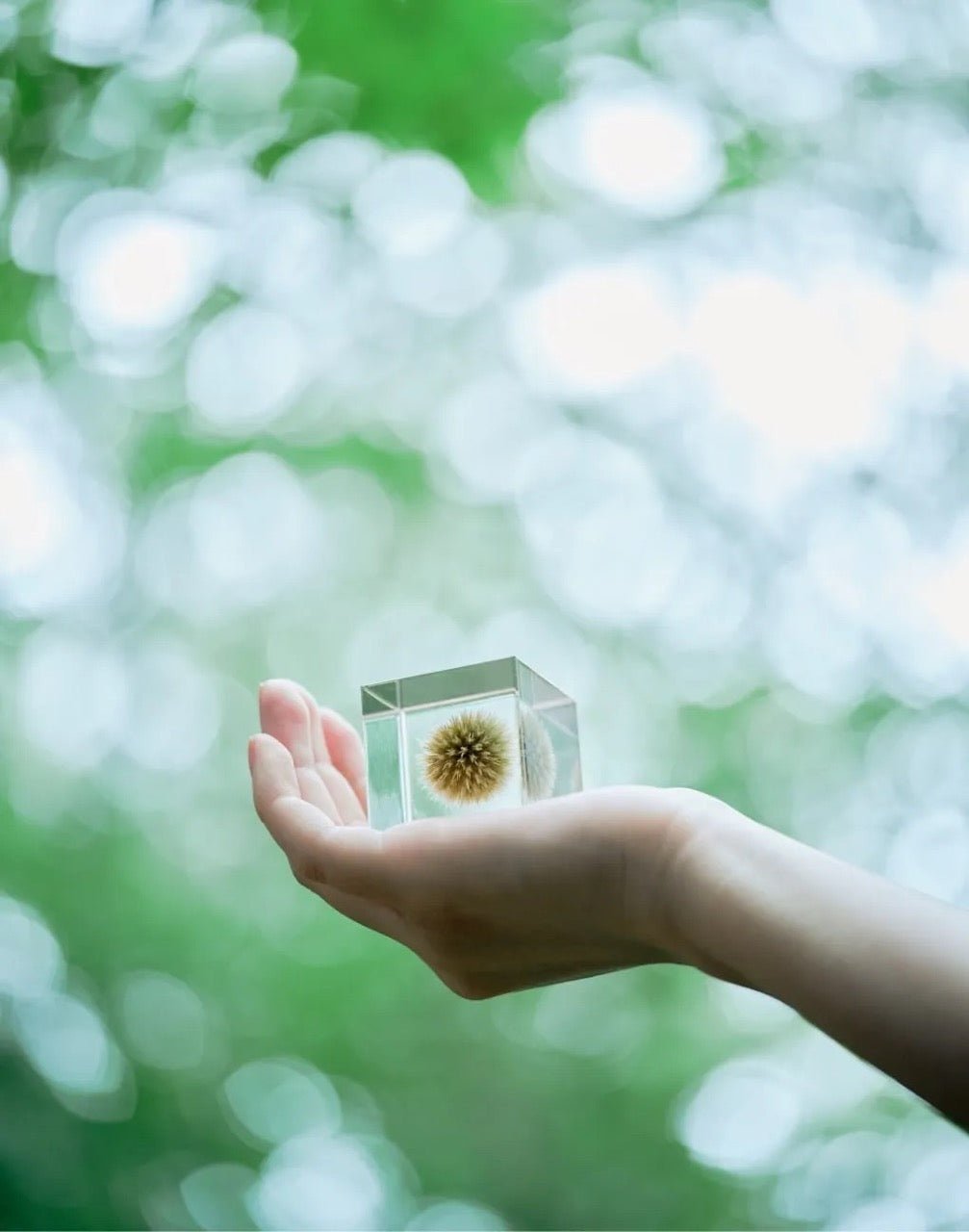It was my first time visiting Takizawa Veneer in Hokkaido during Spring Break in 2025.
While I’ve always known what plywood looks like, I hadn’t realized just how much care and how many human hands and eyes go into making each board until I saw it firsthand.

We first came across Takizawa Veneer in 2019, when we discovered their beautiful Koishi Paperweights and Animal Puzzles, and brought them into our store. That initial connection eventually led us to explore their core product: plywood. Some may recall the use of plywood in my husband Taku's furniture designs, including the current TGS kitchen cabinets and product display shelves.

Founded in 1936, Takizawa Veneer has always been rooted in craftsmanship. Even today, in an era of mass production, they remain committed to hands-on manufacturing. By processing raw logs with a veneer lathe, they produce a diverse range of high-quality, small-lot products, something very rare in today’s market.
We didn’t have the opportunity to witness the full rotary lathe process to make a veneer sheet due to the season, but I learned that unlike most manufacturers who import pre-made veneer from overseas, they produce their own in-house veneer with local woods. This gives them the flexibility to meet highly specific customer needs in both grade and thickness. They even custom-make core veneer thicknesses, which is especially valuable for specialized applications.

Edge Quality
One detail they pay particular attention to is the edge grain, which they consider essential to the final appearance of the plywood. In a process called patching, every sheet of veneer is visually inspected. Large knots and defects are manually filled in to ensure a clean, uninterrupted edge. Thanks to this extra care, their plywood doesn’t require additional finishing, such as edge taping; it’s ready to use as is!
Environmental Efforts
Environmental responsibility is another area where Takizawa Veneer stands out. I learned that they use adhesives that are completely free from all 14 VOC-regulated substances, including formaldehyde. This reduces the risk of sick building syndrome and other health concerns, making their plywood especially safe for spaces used by children, such as daycare centers, kindergartens, and schools.

I was also impressed to learn that they’ve begun producing plywood using thinned wood, a sustainable practice that puts underused forest resources in Hokkaido to good use. They produced a product called Paper-Wood from the thinned birch wood.
Paper-Wood
I will explain about their Paper-Wood products later, but it was fascinating to see the raw material before they complete the final product.


Paper-Wood is a unique plywood made by layering colored paper and hard wood. This creates a natural striped edge that shows no matter where it’s cut, something you can’t get with paint. The colors won’t peel or fade over time.

Paper-Wood Series II uses recycled paper and locally thinned birch from Hokkaido, making it an eco-friendly choice. With fewer layers than the original series, it’s also more affordable while keeping its signature look.

Takizawa Plywood Koishi Paperweights - $45
Takizawa- Puzzle Canyon - Currently Not Available
Takizawa- Apple Card Holder - Currently Not Available

Overall, my visit to Takizawa Veneer deepened my appreciation for plywood, not just as a material, but as a product shaped by thoughtful design, environmental awareness, and, above all, the skilled hands of all those at the factory.
Thank you so much for everything, Takizawa Veneer!









